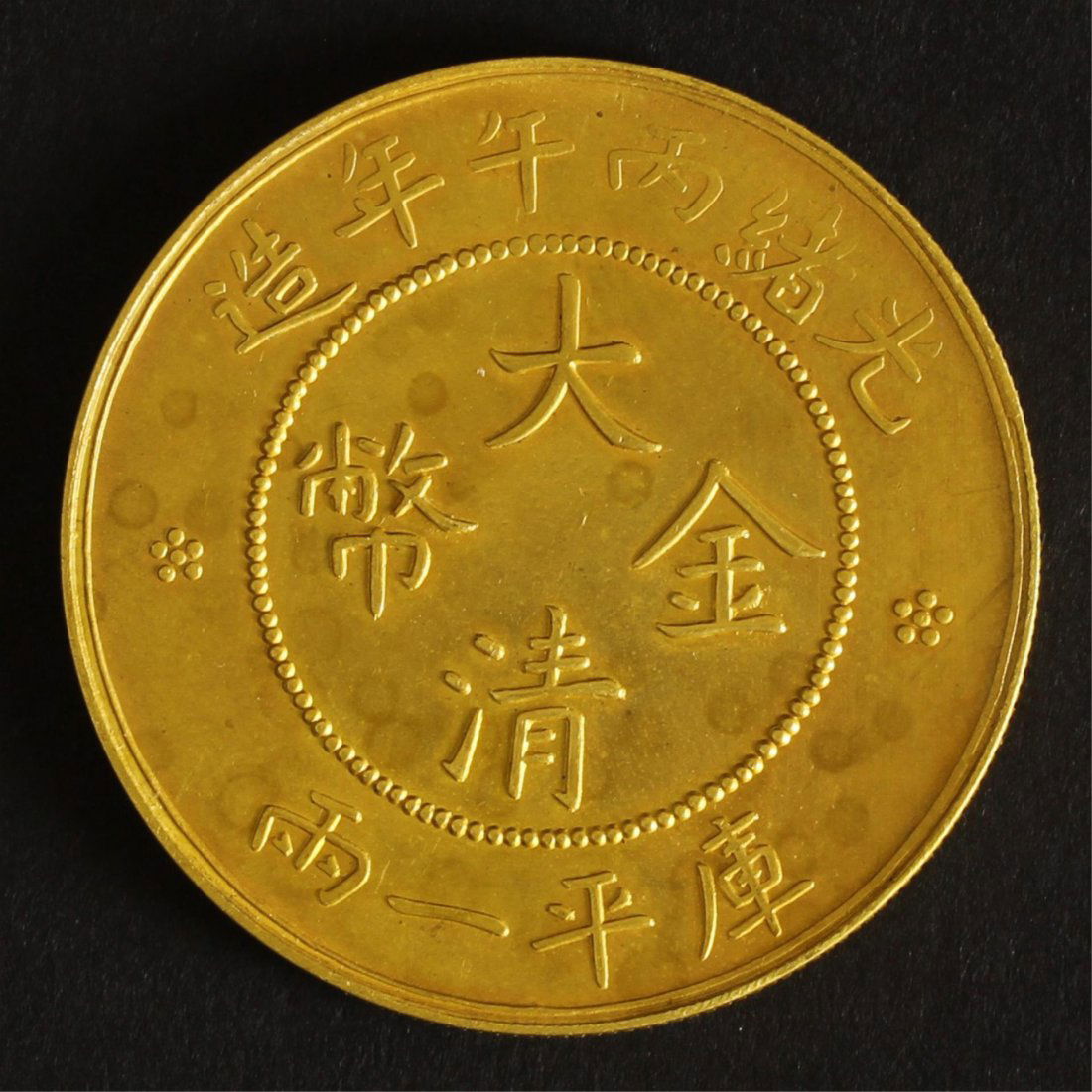
Wang gives an overview of the early European language literature on Chinese numismatics, including a short introduction to key earlier works in Chinese. The Chinese literature on Chinese coinage is extremely extensive, including the works of Zhou Weirong, Dai Zhiqiang and many others. Nevertheless, we feel that there is some considerable value in using the chemical analysis of the coinage to carry out a diachronic study of alloying. It is no substitute for a detailed numismatic study, and it is certainly possible that a more refined analysis, particularly in terms of breaking the data down to individual mints where that is possible, would reveal additional detail or exceptions to the generalities discussed here. It is freely acknowledged that the approach taken is at a high level, with a consequent coarse resolution, both chronologically and geographically. The aim here is to compare alloying practices in coin manufacture across this time period, and with that practiced in the Pre-Qin period. This was unexpected, and therefore the current paper extends this study into the later period, covering the Qin to Yuan Dynasties. However, the chemistry of most coin types is highly variable, and, by a combination of modelling and the use of trend lines in the plotted Cu-Sn–Pb data, we showed that most of them appear to have been made by mixing together two starting materials–one containing copper, lead and tin (in proportions similar to the composition of the bronze used to cast contemporary ritual vessels), and one containing only copper and lead. It had previously been assumed that these coins were made to a ‘target alloy composition’, by separately adding variable amounts of lead and tin to copper, and most summaries of these data have been presented in terms of average compositions for a particular coin type. These coins were cast in a wide range of distinctive shapes, and the aim of that paper was to investigate the alloying practices involved in making the metal from which they were cast. In a previous paper, we have considered the published chemical compositions of the Pre-Qin (before 221 BCE) copper alloy coinage of China. Finally, a study of changes in the content of silver over time reveals differences in the sources of lead, or changes in lead and silver extraction technologies, over the period. The median levels of iron jump from the Qin (221–206 BCE) to the Western Han (206 BCE–9 CE), possibly reflecting the adoption of slagging processes in the production of the copper, followed by a gradual decline to the Northern Song (960–1127 CE), and a rapid increase during the Southern Song (1127–1279 CE). A diachronic study of the amounts of iron in the metal, taken to indicate changes to the manufacturing process of copper, also show changes over time.

There were several major suppressions of Buddhism during this period, when Buddhist brass statuary was recycled into the coinage, providing a plausible mechanism for the injection of small quantities of zinc into the coinage alloy. Although not as obvious as the switch to brass coinage in the Ming, certain periods do show occasional values of zinc up to 2–4%, which we suggest could reflect the sporadic input of recycled brass (Cu–Zn alloy) into the raw material melt. Particular attention is paid to the low levels of zinc in the coinage over the period. There are a number of shifts in the quality of the coinage from dynasty to dynasty, such as the obvious debasement of the Southern Song coinage (1127–1279 CE) when compared to that of the previous Northern Song dynasty (960–1127 CE).

It shows a dramatic change in the alloying practice used to cast these coins from the Qin unification (after 221 BCE), compared to that practiced in the pre-Qin. This paper surveys of the chemical composition of the copper alloy coinage in China from the Qin Dynasty to the end of the Yuan Dynasty (221 BCE–1368 CE).


 0 kommentar(er)
0 kommentar(er)
